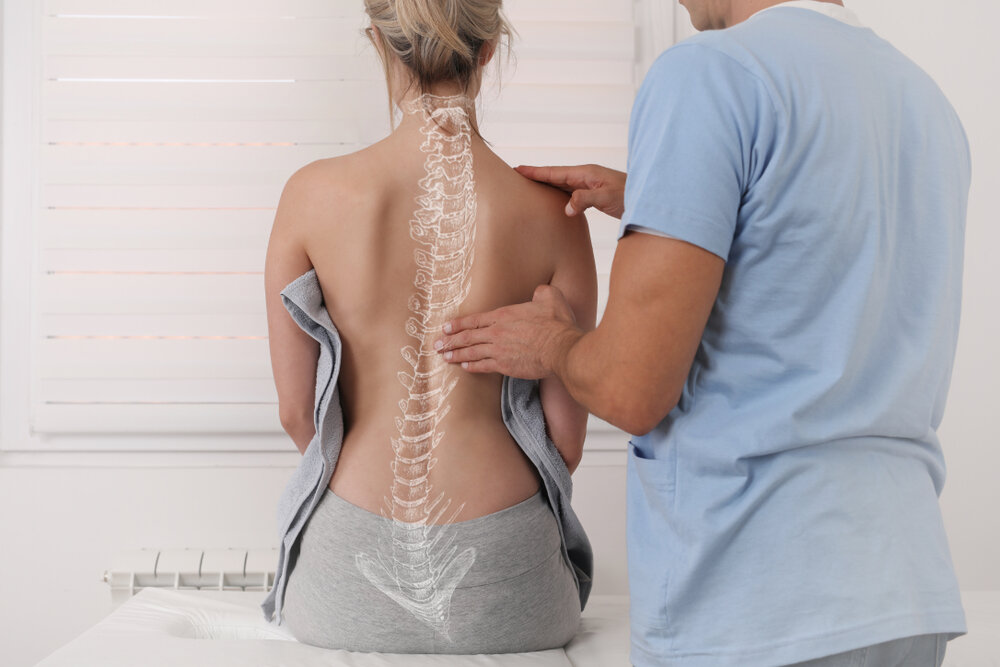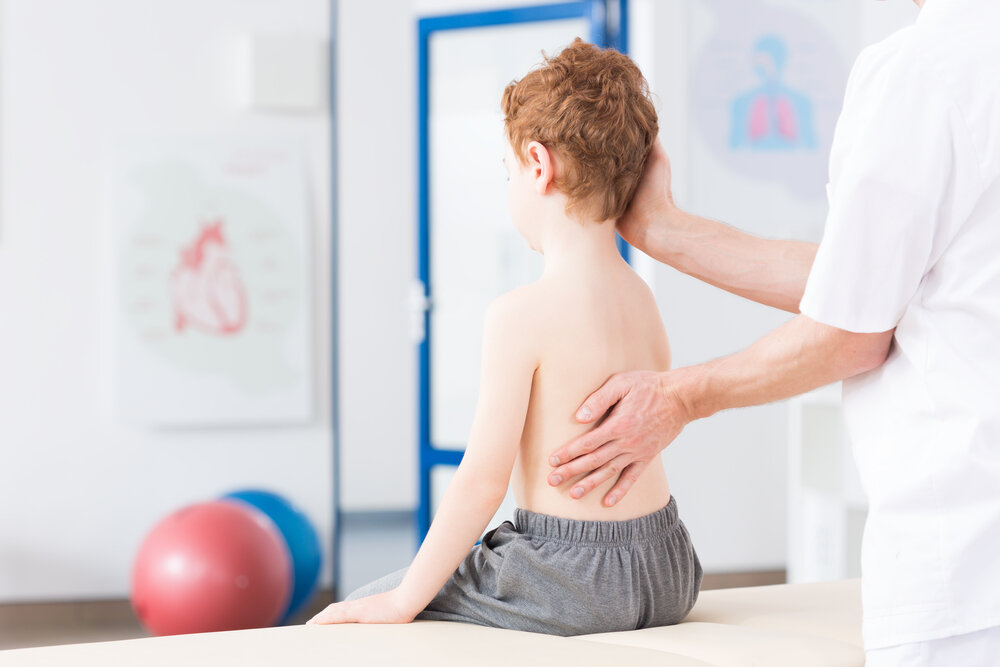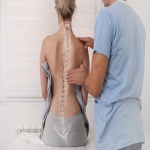An abnormal lateral curvature of the spine is known as scoliosis. The diagnosis of this disorder can be done in early adolescence or early childhood. The normal curve of the spine at the thoracic, lumbar regions and cervical in the sagittal plane. These natural curves provide the position of the head over the pelvis. It works as shock absorbers and distributes mechanical stress at the time of movement.

In a nutshell, scoliosis is the spinal curvature of the frontal or coronal plane. However, it is a more complicated process that involves a three-dimensional problem with the other three planes like:
- Axial Plane
- Coronal Plane
- Sagittal Plane
The coronal plane is parallel to the shoulders and is from head to foot. It is a vertical plane that divides the body into front and back section. On the other hand, the body is divided by a sagittal plane in the left and right halves. The axial plane is situated at the right angle of the sagittal and coronal plane.
Occurrence and Prevalence of Scoliosis
The problem of scoliosis often develops among people in early childhood. In 10-15 years, it is prevalent, and symptoms can be seen. When such symptoms are noticed, then people need to go for a scoliosis specialist as soon as possible.

Different types of Scoliosis are as follows:
Congenital Scoliosis
This type of scoliosis comes from the embryological malformation of vertebrae. It may occur in any location of the spine. The abnormalities of vertebrae can lead to the curvature and other deformities of the spine. The progression of this scoliosis among the child is depended on the location and geometries of the deformities. The symptoms can be seen right from childhood and thus immediate treatment is inevitable.
Neuromuscular Scoliosis
This is related to neurological and muscular diseases. This can also be included with muscular dystrophy, cerebral palsy, spinal cord trauma, spina bifida and more. This kind of scoliosis can grow rapidly than the other form and also may require surgical treatment to get a permanent solution.
Symptoms of Scoliosis
There are some common symptoms of scoliosis. Some of them are as follows:
- Shoulders blade may stick out and get uneven
- Head is not positioned directly above the pelvis
- One of the hips are raised
- Uneven waist
- The body gets lean to a particular side
Treatment of Scoliosis
Children who have a mild curve may not need treatment. However, the patients who are severely affected by scoliosis need regular checkups and follow up with clinical treatment, X-rays and more. You can reach to Neuroscience Specialists if you are looking for scoliosis specialists. Our doctors can treat you according to your requirement and the severity of the curvature.
**Information presented here is not intended to be qualified medical advice. Nothing expressed herein creates a doctor-patient relationship.

